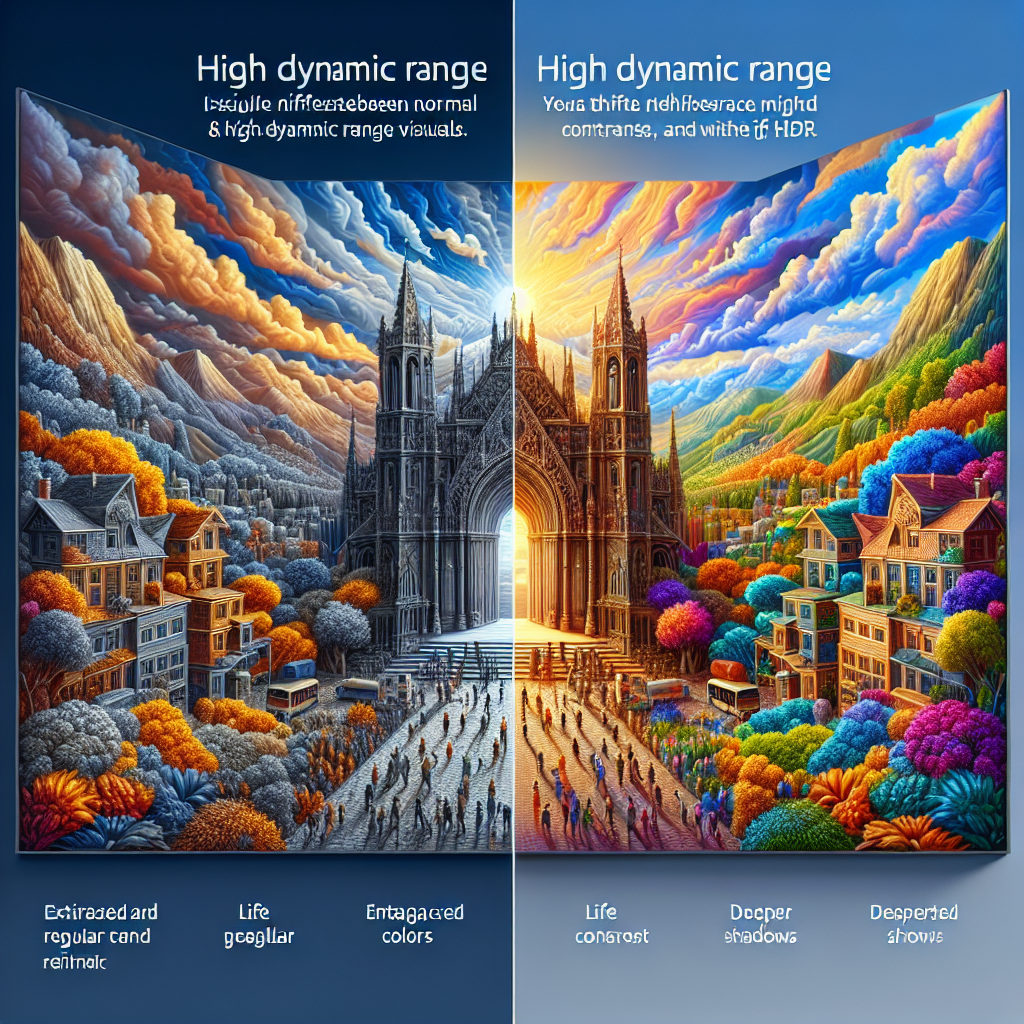High Dynamic Range (HDR) technology has revolutionized the way we experience visuals on our screens. HDR technology enhances the contrast and color of images, making them more vibrant and lifelike. One of the most popular HDR formats is HDR 10, which is widely used in TVs, monitors, and projectors. In this ultimate guide, we will delve into the details of HDR 10 and how it works.
What is HDR 10?
HDR 10 is an open standard for high dynamic range content that was developed by the Consumer Technology Association (CTA). It is one of the most widely supported HDR formats and is commonly found in devices such as TVs, Blu-ray players, and streaming services. HDR 10 supports a maximum brightness of 1,000 nits and a color depth of 10 bits, allowing for a wider range of colors and contrast levels compared to standard dynamic range (SDR) content.
How does HDR 10 work?
HDR 10 works by increasing the contrast and color range of images, resulting in more realistic and immersive visuals. Unlike SDR content, which has a limited color and contrast range, HDR 10 content can display a wider spectrum of colors and brighter highlights, making images appear more lifelike. This is achieved through metadata embedded in the content that informs the display device how to interpret and render the image.
When viewing HDR 10 content on a compatible display device, the device will automatically adjust its settings to optimize the image quality based on the metadata included in the content. This ensures that the colors and contrast levels are displayed accurately, providing a more dynamic and engaging viewing experience.
Benefits of HDR 10
There are several benefits to using HDR 10 technology. One of the main advantages is the improved visual quality, with brighter highlights, deeper blacks, and more vibrant colors. This makes images appear more realistic and immersive, enhancing the overall viewing experience. HDR 10 also provides better picture quality in low-light scenes, as it can display more details in dark areas without losing brightness in brighter areas.
Another benefit of HDR 10 is compatibility with a wide range of devices and content sources. Many TVs, monitors, and projectors support HDR 10, making it easy to enjoy HDR content on various devices. Additionally, many streaming services and Blu-ray discs offer HDR 10 content, allowing users to access a wide selection of high-quality HDR content.
In conclusion, HDR 10 is a powerful technology that enhances the visual quality of images by increasing the contrast and color range. By providing more vibrant colors, brighter highlights, and deeper blacks, HDR 10 creates a more immersive and realistic viewing experience. With its widespread support and compatibility with a variety of devices and content sources, HDR 10 is a popular choice for experiencing high dynamic range content.
#Understanding #HDR #Ultimate #Guide #High #Dynamic #Range #Technology,hdr 10

Leave a Reply
You must be logged in to post a comment.